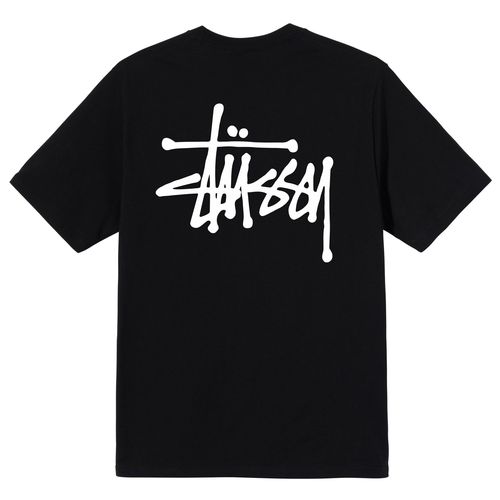Three-dimensional tailoring technology is a technology widely used in the clothing design process. Through reasonable use of fabrics and cutting methods, clothing can have better fit and three-dimensionality. The following are some common three-dimensional tailoring techniques:
1. Three-dimensional tailoring of the human body: Three-dimensional tailoring of the human body is based on the curve characteristics of the human body, fully utilizing the design and tailoring process. Consider the body’s natural curves and proportions. Through design techniques such as adding or subtracting materials and balancing expansion in key parts, the clothes can better fit the body and show a better three-dimensional effect.
2. Advanced tailoring technology: Advanced tailoring technology includes two main methods: forming cutting and splicing cutting. Forming tailoring is to achieve a close-fitting effect by cutting and reducing tissue on the fabric; splicing tailoring is to create a three-dimensional effect by using the material, pattern changes and stretching in different directions of the fabric.
3. Folding and pleating design: Folding and pleating are commonly used techniques to create a three-dimensional look in clothing. Through reasonable folding and pleating design, the fabric can form a layered and three-dimensional shape, increasing the sense of space and movement of the clothing.
4. Three-dimensional tailoring lapels: Lapels are a design detail that is easier to see three-dimensionality. During tailoring, by increasing fabric layers, adding fillers, or using layered designs, the lapels can stand up better, highlighting the layering and three-dimensional effect of the garment.
5. Fabric selection: Choosing fabrics with certain elasticity and fit can help create a three-dimensional sense of clothing. At the same time, the texture and pattern of the fabric will also have an impact on the presentation of the three-dimensional effect. For example, using fabrics with three-dimensional texture can create a more three-dimensional effect.
It should be noted that the application of three-dimensional tailoring technology needs to be combined with specific design concepts and aesthetic needs, and has different applications for different clothing styles and styles. Way. At the same time, the designer’s experience and technical level also determine the effectiveness of the three-dimensional tailoring technology to a large extent. Therefore, in order to create three-dimensional clothing, it is recommended to find a professional clothing designer or learn related clothing design techniques to improve your design level.






